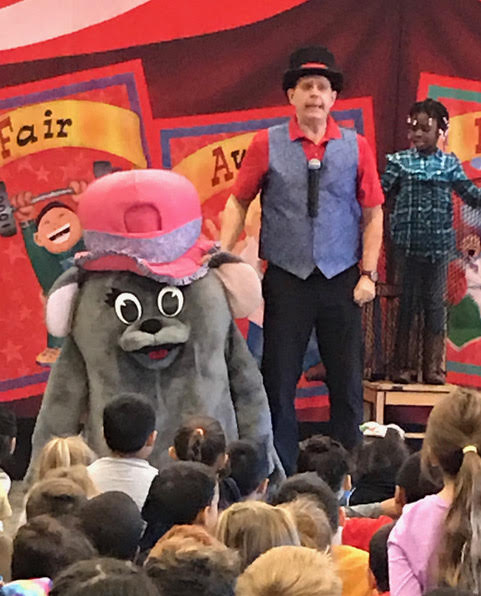
After performing one of our anti-bully or conflict resolution assembly shows in an elementary school, we are often asked for follow up resources. This blog provides a rich source of information.
Most think of bullying as a middle school or high schooler who gets picked on by a group of popular kids. But bullying affects its victims more than during a moment, day or week. Bullying can have consequences that extend into adulthood. Anxiety, depression, and drug abuse can affect students who are bullied, but also students who are bystanders, and even the bully themselves.
Bullies include students from a variety of social groups— popular athletes and cheerleaders, students with many friends, kids without a large social circle and everyone else. It’s not uncommon for students with a history of being bullied to become bullies themselves.
Bullying has a variety of definitions. Many say it entails longstanding harassment.
One of the most respected experts on the issue is Scandinavian researcher, Dan Olweus. Olweus defines bullying as “aggressive behavior that is intentional and that involves an imbalance of power. Most often, it is repeated over time.” Experts say that bullying typically involves elements of physical or emotional violence and harassment.
Because of the rise of bullying behaviors seen in kids, The Centers for Disease Control introduced and published the following definition:
Bullying is any unwanted aggressive behavior(s) by another youth or group of youths who are not siblings or current dating partners that involves an observed or perceived power imbalance and is repeated multiple times or is highly likely to be repeated. Bullying may inflict harm or distress on the targeted youth including physical, psychological, social, or educational harm.


Governmental statistics from the National Center for Education Statistics and the CDC, deem bullying as a pervasive problem affecting about 20% of children 12 to 18 years old. Worldwide, the numbers are more shocking. Approximately, 30% of all students are bullied. (UNESCO Institute of Statistics.)
But bullying doesn’t just happen in schools. The digital world has made it simple to anonymously to harass others with social media, text messaging, and through online gaming, along with other sources of media.
Kids who were bullied online or by text make up 15% of U.S. school kids from 12-18 years old.
Sadly, the problem is growing. The Cyberbullying Research Center found a 40% increase in cyberbullying since the beginning of the Covid-19 lockdowns in 2020.
Many will draw a direct line from bullying to young adult suicide, but the U.S. Department of Health and Human Services says that’s a simplification. Research suggests that bullying can and does lead to emotions which can contribute to suicide, but the great majority of youths who are bullied do not commit suicide. Therefore, it’s not correct to state that bullying is a “cause” of suicide.
Character and Anti-bully assembly shows outside programs can be brought into elementary schools that teach children proper social behaviors that can quell bullying at a simplified level. Our three shows, Diversity Circus, The Mystery of the Super Surprise, and The Adventures of Les Trouble, PI all approach the issue of bullying, acceptance, and conflict resolution from different directions. Please reach out to bring one of our shows into your elementary school for a live assembly performance.
If you or someone you know is being bullied, help is nearby and available. Below is a list of resources and providers that can help with bullying. But if you or someone you know is in immediate danger, it’s best to call call 9-1-1 or the local police department.